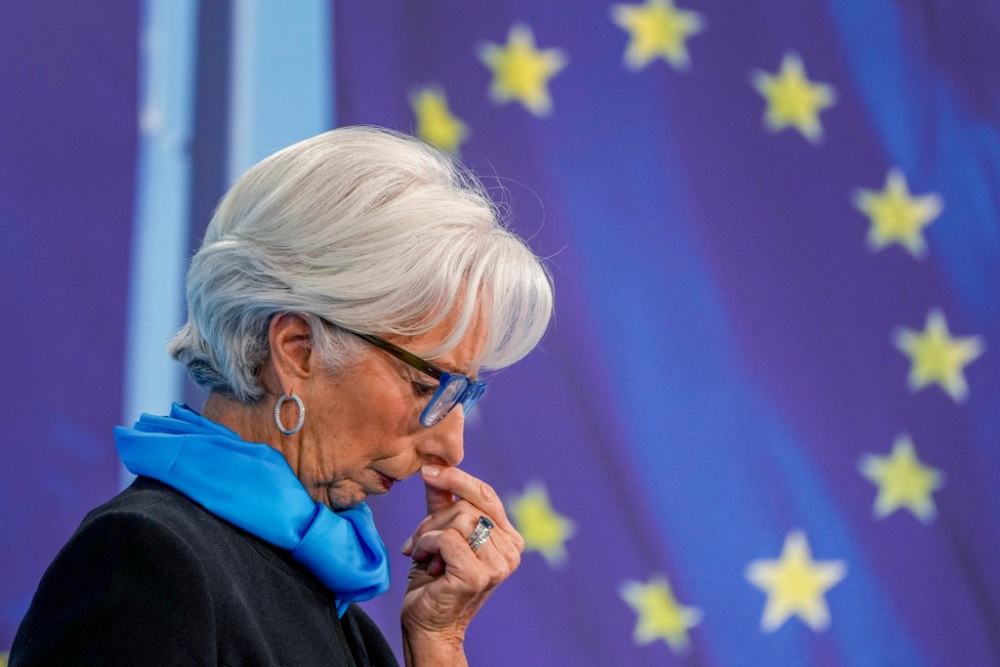In mid-March, ECB Chairman Christine Lagarde said that the euro zone banking sector is stable, capital and liquidity indicators are sufficient, and the tools of the European regulator can reliably eliminate the existing risks. It is obvious that this statement was intended to reassure the professional community and the general public, especially individuals – clients of the banks, after the situation with Credit Suisse, one of the oldest Swiss banks. Lagarde sounded reasonable to the average person, abundantly applying general fuzzy wording.
However, what happened from the point of view of the figures and peculiarities of the banking business, and how it may affect other banks in Europe and their multi-million customers?
First of all, we need to pay attention to an important precedent. The Swiss regulator decided to write off $17 billion of Additional Tier 1 (AT1) bonds in the course of the Credit Suisse crisis settlement. Despite the fact that such instruments are highly specialized and do not affect interests of a huge number of investors, nevertheless this situation seriously alarmed the banking community. Why? The matter is that particularly banks and investment companies are major investors in these instruments, at that, in spite of the fact that increased risk is stated in terms of AT1, until recently it was considered that investments in such securities of solid banks (which Credit Suisse was) are reliable enough. In turn, AT1 were a reliable and sufficiently capacious source of funding for the banks themselves.

In the situation with Credit Suisse, the regulator has shattered confidence towards the credibility of AT1, writing them off and keeping the common stock, thereby violating the fundamental rule that holders of debt in case of bankruptcy have priority over shareholders.
The peculiarity of the situation for European banks here is that one of the largest holders of AT1 of European banks has traditionally been Asian, in particular Chinese investors, who considered this instrument as highly reliable. Probably, the situation with Credit Suisse will affect this confidence and may provoke a massive outflow of Asian capital from European banks.
Combined with “shrinkage” of assets due to revaluation of the U.S. government debt on the balance sheets of credit institutions, rising cost of debt capital due to widespread growth of interest rates and, importantly, reduction of retail deposits amid falling living standards in Europe and reducing confidence in the financial system, European banks risk facing massive problems with maintaining the necessary levels of capital and liquidity.
This situation is exacerbated by the widespread digitalization of banks, which allows a significant number of customers to withdraw their funds in seconds, aggravating the age-old problem of “bank raids”, as illustrated by the sad example of the American Silicon Valley Bank.
Under these conditions the brave exhortations of K. Lagarde may seem unconvincing. And if we add to it the fact that to save just one Credit Suisse with assets of less than 0.5 trillion euro they required more than 200 billion euro (3 billion from UBS, 9 billion from the Swiss government, 17 billion dollars written off by AT1 and another 200 billion euro of liquidity to support the activity of UBS after the purchase of Credit Suisse). The question arises, how much money will be needed to save the eurozone banks with assets of 30 trillion euros and where will K. Lagarde get them in case of such a need?














Comments